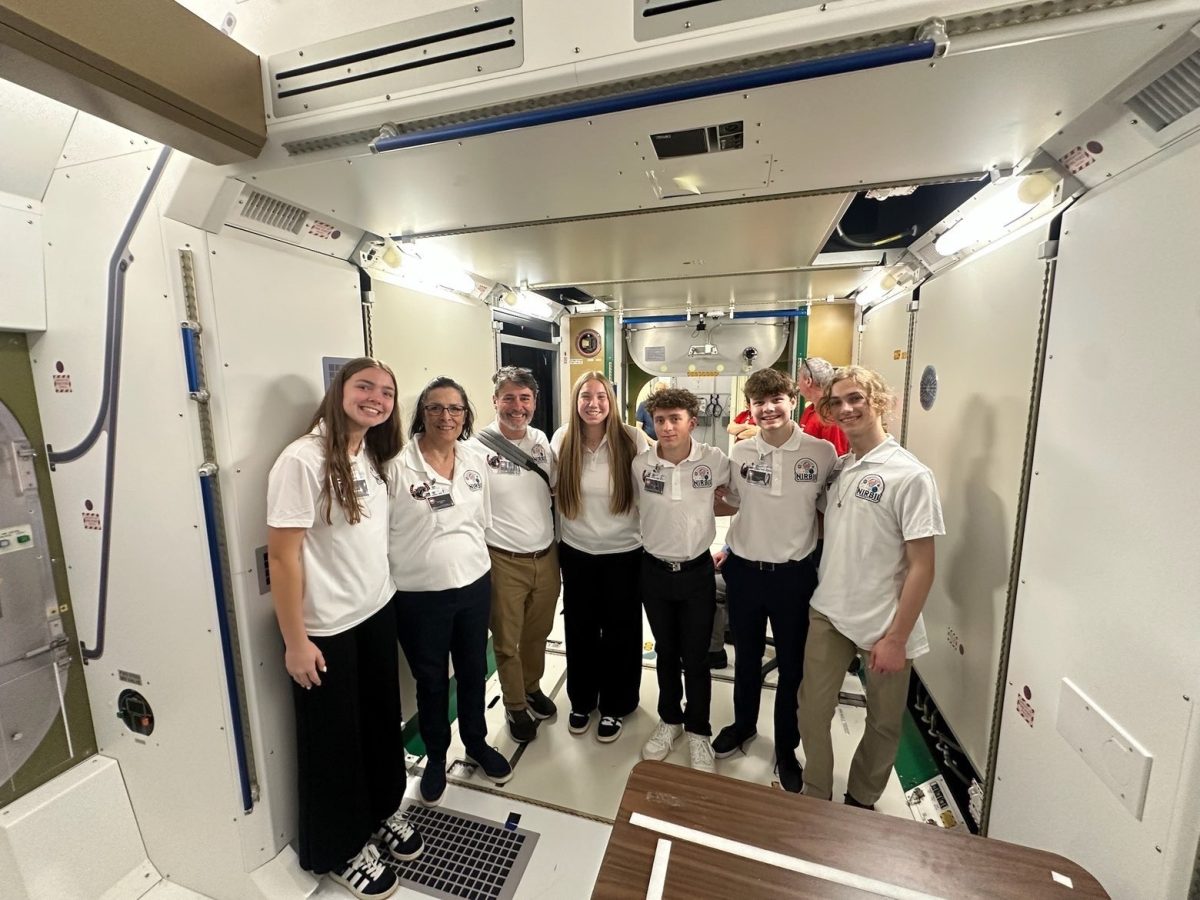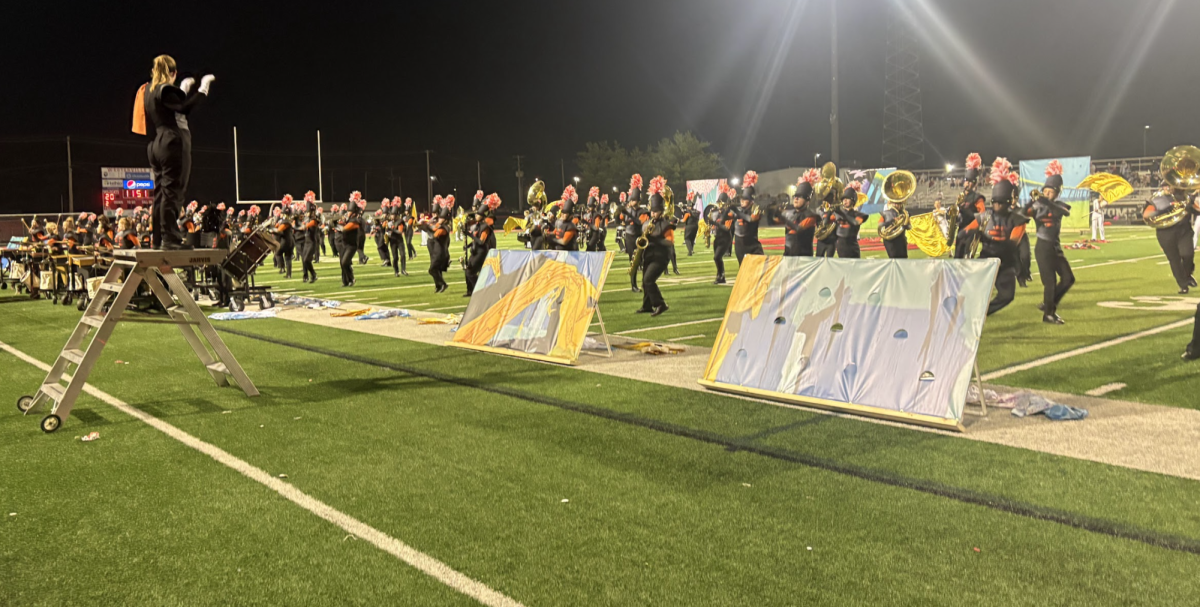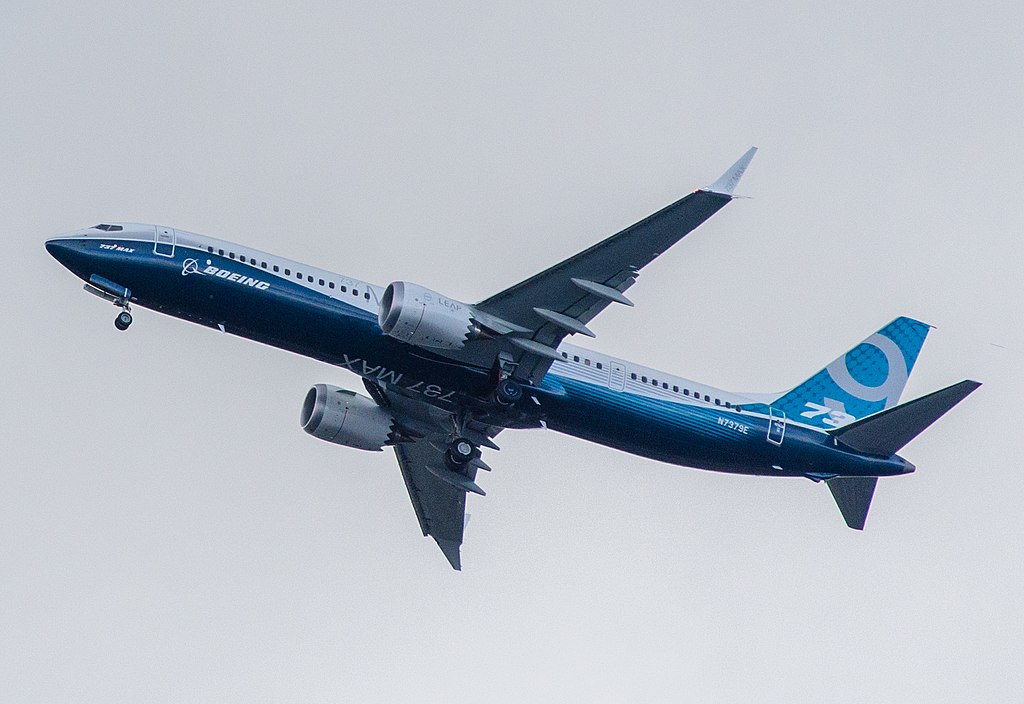If it ain’t Boeing, I ain’t going: A line often tied with the success of the Boeing 707 that happened to be so catchy it stuck around for the next 66 years.
However, Boeing isn’t the shining company upon a hill it once was revered as. Increasing concerns over the safety and practices tied both to the corporate and consumer side of the company raise the question: What happened with Boeing? How did we get to doors flying off?
Boeing’s experiments with civil airliners began back in the 1920’s. The Model 40 was the first Boeing of note to fly the skies, carrying mail and up to two passengers. In 1933, the Model 247 introduced a rough sketch of what a proper airliner would look like. With all metal construction and a streamlined skin, it was faster and far more comfortable than any other airliner in service at the time.
Unfortunately, this is where Boeing’s long running history of faulty products would begin. Much like the B-29 lineage it was based upon, the post-war 377 Stratocruiser was well known for having problematic engines. While the B-29’s Curtiss-Wright radials were known for catching fire, the Pratt and Whitney’s used on the 377 had the habit of losing power and spinning so violently it would rip the engine from the air frame.
While not inherently the fault of Boeing, poor choices in suppliers would prove to be an enduring part of their production lines. Engines falling off would be a continuing trend, as would things falling off in general.
The British Change Everything
In May of 1952, the British De Havilland company decided it wanted in on the growing airliner industry, and so introduced the De Havilland Comet.
Powered by jet engines rather than propeller pistons, it suddenly meant that the rest of the world was behind the curve. The Soviets would quickly follow with the Tu-104, which for a two year stretch, became the world’s only operational jetliner after the grounding of the Comet fleet.
This meant the US was running in third place behind the Soviets, and that wasn’t a good look. The United States needed a jetliner, and it already had one of its biggest companies on the job. By a lucky coincidence, Boeing was already working on a new project in the hopes of securing a contract with the United States Air Force (USAF).
The Boeing Dash 80, the predecessor of both the USAF’s KC-135’s and the in-development Boeing 707, became the first American passenger jet aircraft in 1954. A prototype for the aforementioned airframes, the Dash 80 was a radical change in design from previous Boeing airliners. Originally intended to be a design iteration based on the KC-97, by the time Boeing had redrawn the papers for the 80th time, it looked nothing like the piston powered aircraft of yesteryear. Instead it was a new, sleek, swept wing jet liner.
Some modifications were required by the airlines, mainly widening the aircraft four inches to better accommodate passengers. After these adjustments, the orders began flowing in, and thus was born the Boeing 707.
Falling Apart
Despite the hotcake status of Boeing’s newest jetliner, it had its issues. On October 19, 1959, an airframe being demonstrated to Braniff International Airlines had three of its engines come off. This was immediately following a dutch roll recovery test; a different beast entirely in comparison to an intentional barrel roll. While this incident was identified to be the fault of the pilot, the 1992 Trans-Air Service Flight 671 incident could not be said to be the same. Both of the right wing engines outright fell off.
The ensuing investigation found that metal fatigue had ultimately caused the incident, and the existing airworthiness directives to detect such faults were ineffective.
Even the military variant of the 707 wasn’t safe from falling apart. On March 31 1959, a KC-135 flying through a thunderstorm experienced another dual engine separation. One of the engines struck the tail, causing a complete loss of control. What makes the incident interesting is that the airframe was only six weeks old.
While these incidents may have occurred in the range of 30-65 years ago, they set the standards that Boeing still seems to follow to this day: lax manufacturing quality and shifting the blame to the airlines.
In 2018, a Boeing 737 Max was lost in Indonesia after the pilots couldn’t regain control of the aircraft. Boeing indirectly faulted the pilots and the airline. Five months later, another 737 nosedived in Ethiopia. Again, Boeing blamed the aircrew, stating that “Flight crews will always have the ability to override MCAS and manually control the airplane.”
However, they did acknowledge that the Ethiopian Airways flight suffered a similar set of erroneous angle of attack readouts, much like the Lion Air disaster.
In the wake of the disaster, China grounded the 737 Max entirely, and the US Federal Aviation Administration was close behind. That October, Boeing removed its head of operations for its commercial aircraft division, Kevin McAllister, from his position. Two months later, Boeing CEO Dennis Muilenburg was fired.
It would be another 20 months until the Boeing 737 Max 8 flew again for passenger airlines. Investigations concluded that the MCAS (Maneuvering Characteristics Adjustment System), intended to prevent the aircraft from stalling by adjusting the angle of attack, was overpowering pilots. Boeing was also found at fault for concealing just how powerful the MCAS system was, paying some 2.5 billion in criminal penalties. This included compensation for the 346 people the crashes had killed.
What had led them to hide this vital flaw with their aircraft? Greed and cost-cutting.
By insisting that aircrews would need no additional training time, the airlines were incentivized to purchase the Max, for the simple reason that they wouldn’t need to spend time and money retraining aircrews. This was in spite of internal testing revealing that crews would need additional knowledge, and that even Boeing test pilots struggled to react, Boeing downplayed the MCAS.
Now, Boeing aircraft are falling apart midair again. In January of 2024, an Alaska Airlines 737 Max 9 suffered a mid-flight depressurization after a door plug blew out the side of the aircraft. An investigation by the NTSB found that the bolts intended to hold in the plug were outright missing. It was believed that a contractor for Boeing had improperly fitted the door plug, and that Boeing didn’t bother checking the quality of their work.
Currently, the investigation into Boeing’s quality assurance and contracting practices remains ongoing. Boeing is now in some hot water with the NTSB over their refusal to release documents that may be of interest to the investigation. During the writing of this article, another Boeing 737 suffered a landing gear collapse.
Also, not mentioned here is a mid-air engine fire on a 737 flying out of Houston, though that incident is believed to be unrelated to any Boeing production issues. Furthermore, another 737’s leading wing slat appeared to begin to disintegrate. Both aircraft landed safely, but the latter remains under investigation.
Even their other lines of aircraft don’t seem safe. A Boeing 777 departing from San Francisco lost a tire, which bounced into the parking lot, crushing a single vehicle. While not a vital failure to the aircraft’s safety, it further put into question the safety and reliability of Boeing’s aircraft. It remains unclear whether it was a production fault or a maintenance issue.
Boeing has been a producer of aircraft for 108 years. During that time they’ve both revolutionized the aircraft industry, and somehow managed to become the laughing stock of the market as well. Boeing has two options at this point: Improve and soar to unprecedented heights, or continue chasing dollars while crippling its reputation.
Whether or not Boeing will continue this downward spiral remains to be seen, but at the end of the day: If it’s a Boeing, I ain’t going.
Categories:
Historically Speaking: Boeing and corporate ignorance
Brody Counts, Staff Writer
March 19, 2024
The first Boeing 737 Max 9 soars through the sky during it’s maiden flight. Recently, Boeing and it’s Max line of aircraft have come under increasing scrutiny as incidents keep occurring.
1
Donate to The Talisman
$1290
$2000
Contributed
Our Goal
Your donation will support the student journalists of Rutherford B. Hayes High School. Your contribution will allow us to purchase equipment and cover our annual website hosting costs.
More to Discover
About the Contributor

Brody Counts, Staff Writer
Brody Counts (he/him) is a senior at Hayes. This is his second year on staff. Brody can most commonly be found buying obscure research papers or with his head buried in a new book. Outside of school, he enjoys spending time with his dogs and dining downtown.































